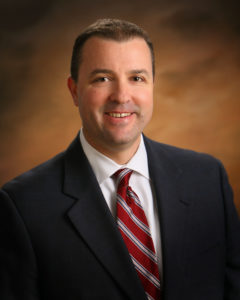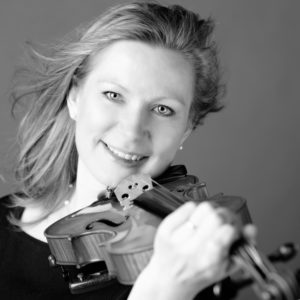
John Sullivan
Executive Director
John Sullivan has been executive director of AxialMusic, LLC, a high-quality national music organization, since August 2012.
AxialMusic provides the experience of music at your convenience through traditional methods as well as progressive and modern technology. Integral to AxialMusic are private lessons, chamber music coachings, new compositions and arrangements, booking live music, and pedagogical materials, making AxialMusic solidly rooted in both traditional methods, but also forward reaching through innovation and active use of current internet technology.
Under Mr. Sullivan’s leadership, the organization has moved from local in-person lessons only, to include remote lesson options and added a new structure that embraces booking, music sales, and arts administration practices significantly increase profit.
Mr. Sullivan represented AxialMusic’s interest in the design and construction of a new website which resulted in a polished web presence highlighting the individual components that make AxialMusic unique.
Mr. Sullivan has increased the number of students who take lessons with AxialMusic.
A strong believer in new works and arrangements, Mr. Sullivan has steered the development and future publishing of pedagogical etudes for strings as well as chamber music to fill a niche for specific occasions. He reinvented the context in which music students perform, taking students outside the concert hall and into new, innovative locations.
In addition to inspiring artistic innovations, he oversaw the move of the AxialMusic studio to a new location and has doubled the teaching staff.
Throughout his career, music has been a major focus for Mr. Sullivan. He performed in Carnegie Hall and was a founding member of the Jazz Factory. He also played with the No Deadwood Big Band and Fat Tuesday Big Band in California and in Oregon he played with the Hill Top Big Band, Salem Big Band.
Besides running AxialMusic, Mr. Sullivan sits on the Josh Miles Family Wealth Advisory Board, currently is the Chief Operations Officer at Zamzows and is a recognized leader in technology, innovating and streamlining processes to achieve strategic company goals frequently building agile teams that generate and perpetuate operational improvement. He sharpens operational performance, driving regional and national standardization, increasing revenue, and curbing costs while focusing on long-term viability.
Prior to his tenure at AxialMusic, John grew up on the central coast of California, moved to Oregon to attend Oregon State University, and then came to live in Idaho in 2000. He joined the workforce when he was 14 and worked in a broad range of fields including the restaurant/food industry, retail sales, and manufacturing. With a bachelor’s degree in forest management from OSU, Mr. Sullivan worked as a commercial timber cruiser measuring trees and conducting forest assessments, in the sawmills as a green chain puller, and as a service and quality control manager for a door and millwork company.
BMC West, a fortune 600 building materials company, hired Mr. Sullivan as a web developer and project manager, during which time he designed and implemented enterprise-level systems like dispatch and delivery tracking via GPS, new timekeeping systems, distributed financial reporting, and a new HR web portal to name just a few. During this time, Mr. Sullivan also earned his Masters in Business Administration (MBA) from Colorado State University.
After that, Mr. Sullivan focused his efforts on project management and became certified as both a Project Management Professional (PMP) and Agile Certified Practitioner (PMI-ACP). He was a highly sought-after IT project manager in the healthcare industry for six years during which time he sought out talent to build responsive IT organizations that consistently delivered results by aligning technology initiatives with business goals. This resulted in corporate-wide improvement to service delivery, standardization, and business/systems performance.
John and his wife, Jennifer Sullivan, are the parents of one daughter. He enjoys both an urban and outdoor lifestyle, including cycling, fishing, playing trombone, tennis, and gardening.
![]() Fundraising Planning – December 26, 2018
Fundraising Planning – December 26, 2018


